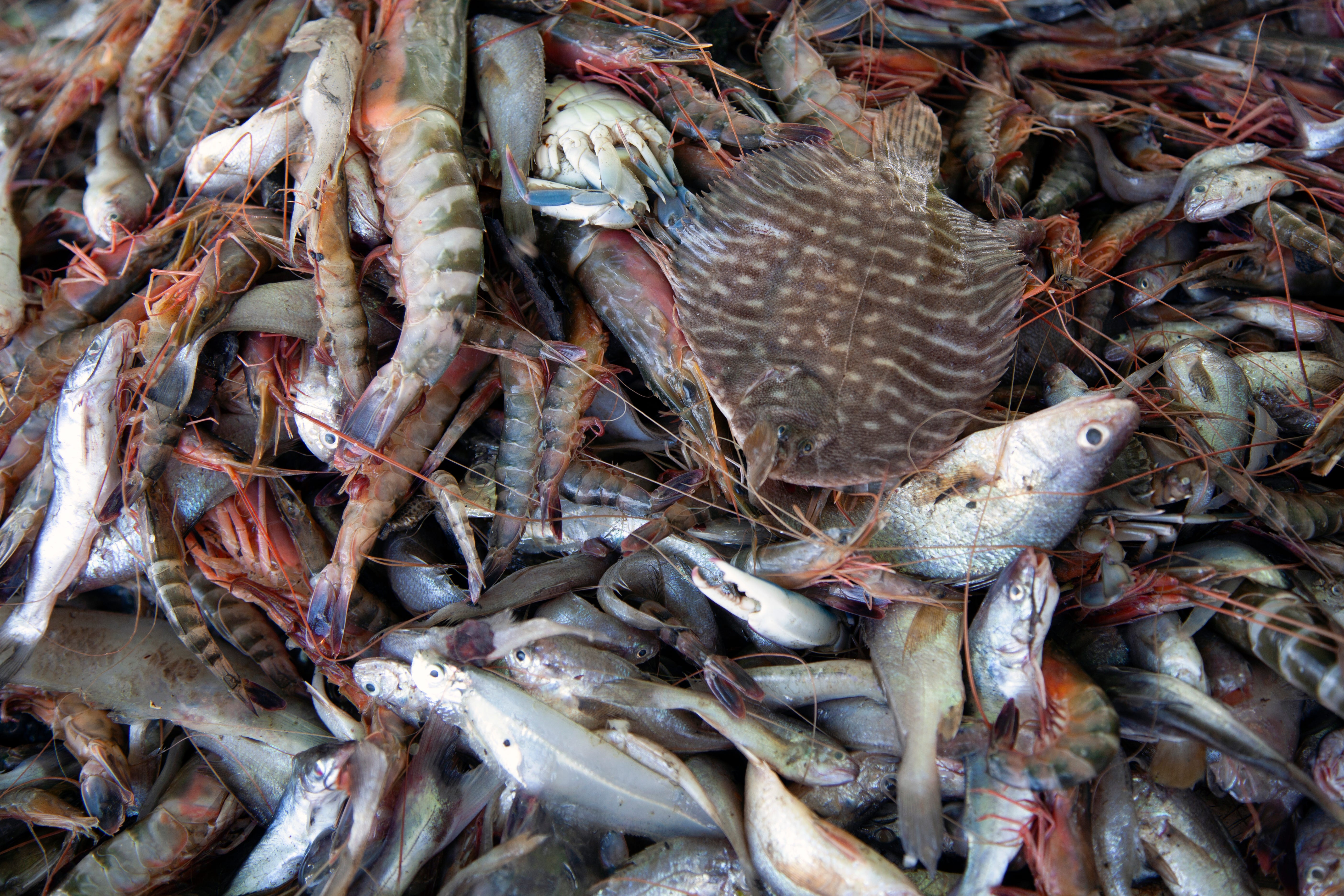At a floating restaurant anchored amidst the mangroves off Isla Venado in Costa Rica’s Gulf of Nicoya, the piangua (Andara tuberculosa or Andara similis;) – called conchas negras in Peru, patas de mula in Mexico, or mangrove cockles as the generic English term – are kept in a mesh bag hanging into the water. They are a sensitive ingredient. I’ve heard countless stories of someone falling ill from them throughout the length of their habitat, which extends from Mexico’s Baja California Sur to Tumbes in northern Peru. Here, still in the water, floating not far from the mud they were pulled from, they stay fresh.
I’m there with Pablo Bonilla, the chef of Sikwa in San José. It’s one stop on a multi-day exploration of the small, rarely visited island, where he has consulted with various NGOs and developmental organizations trying to help the artisan fishing community there. It’s a particular place, with flickering electricity and a single road. It’s a struggle to do what they do, but they’re actively trying to better their situation in a sustainable way.
“The most important thing is how they live from fishing in an area that they protect, in an area that they themselves fight daily against trawling,” says Bonilla. “For example, how day by day they want to recover the mangroves because they already understand the importance of preserving them.”
Almost all of the 300 families that live on the island work in the artisan fishing trade in some form. There are few other opportunities to earn an income except by selling fish and cockles, both of which have limited abundances and sell for low prices. Residents eager to be involved in education development programs and are eager to work with anyone who will listen. There are many other communities selling fish and shellfish around the Gulf of Nicoya, according to Bonilla, but the people of Isla Venado add value in the form of sustainability, communication and working in to preserve parts of the gulf to protect their future.
In the early morning, walking along the beach, small boats return unloading their nets full of shrimp, crabs, and an assortment of small fish and sea creatures as egrets linger around, waiting on the colorful wooden boats for any scraps. Some of it will be consumed locally, while the rest will get shipped off to Puntarenas and sold to middlemen. Elsewhere on the island are small projects designed to make the community more self-sufficient and give a few families at a time a sustainable income. There’s a small female run farm cooperative with a greenhouse and chicken coop, that has drastically cut their need to import fruits, vegetables, and eggs from the mainland. For additional income, they also created a line of marmalades and chilera, jars of spicy fermented vegetables. An oyster farm we visited was trying to find its footing with most of the oysters still growing too small to have much of an impact.
The island is just a short boat rode from Guanacaste, though tourism is almost non-existent. There’s talk of a small hotel being built on the island, which would help somewhat, otherwise the guests that do come choose among a handful of simple cabins offered by local families.
The floating restaurant, which opened in 2021, is one of the most exciting developments in years. It doubles as a shrimp farm and attached to it are 10 sustainable square floating tanks that hold shrimp of various sizes and life stages. The menu is short, just a few dozen preparations of the seafood gathered from the surrounding waters, like grilled corvina (sea bass) filets and camarones al ajillo (garlic shrimp). Then there’s the ceviche de piangua.
This is the primary preparation for this mollusk in Latin America. Elsewhere in Costa Rica it might be boiled and served with rice or added to seafood soups, but 90 percent of it is for ceviche. Here, floating in the gulf, it is served simply, with just a little bit of lime and onion, plus some patacones on the side. The leche de tigre is black from the mollusks, though the flavor is quite mild. Overall, it lacks acidity, though I don’t mind. It’s as fresh as a piangua can possibily be.
Keep reading with a 7-day free trial
Subscribe to New Worlder to keep reading this post and get 7 days of free access to the full post archives.




